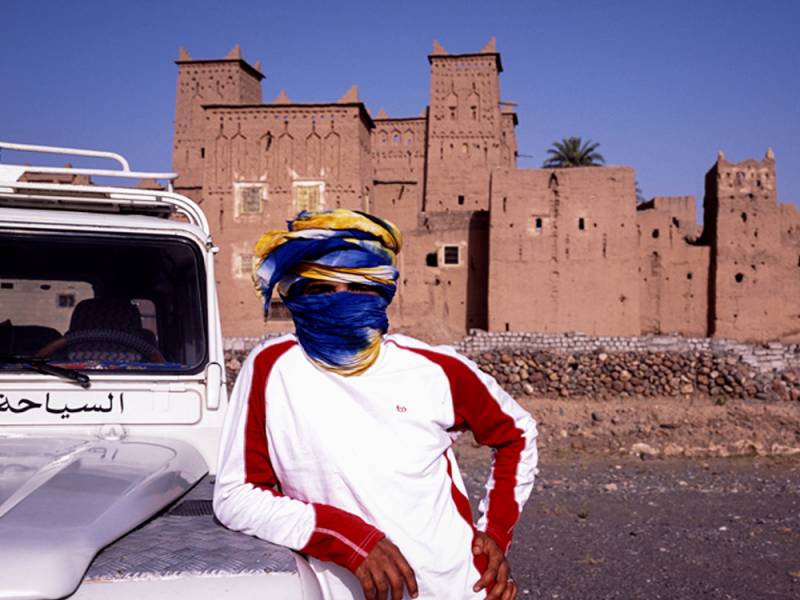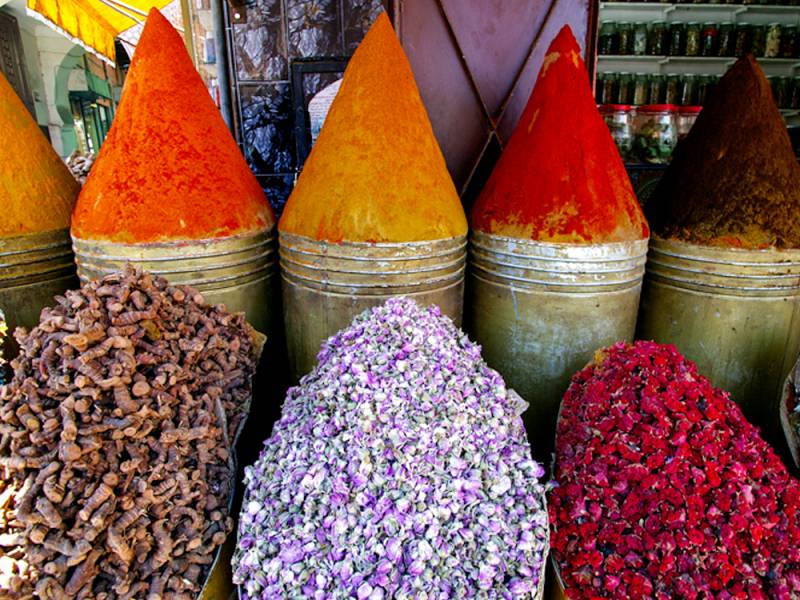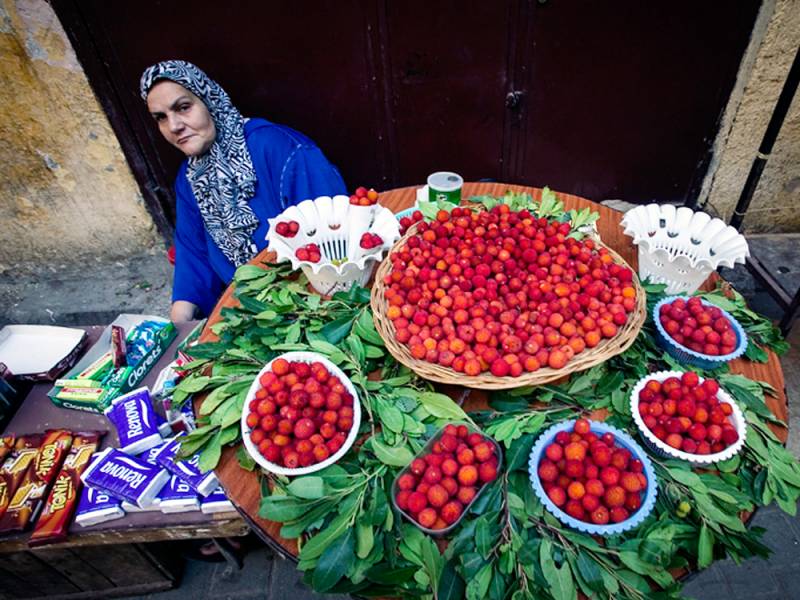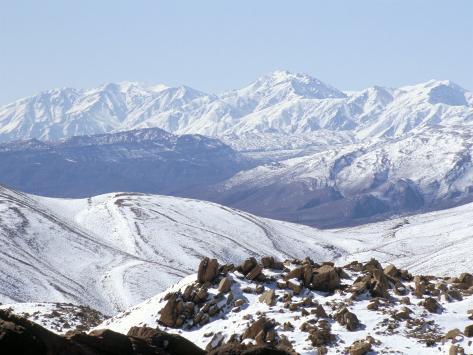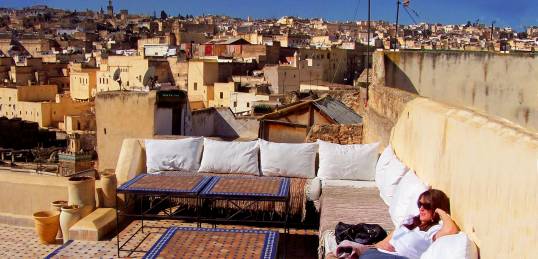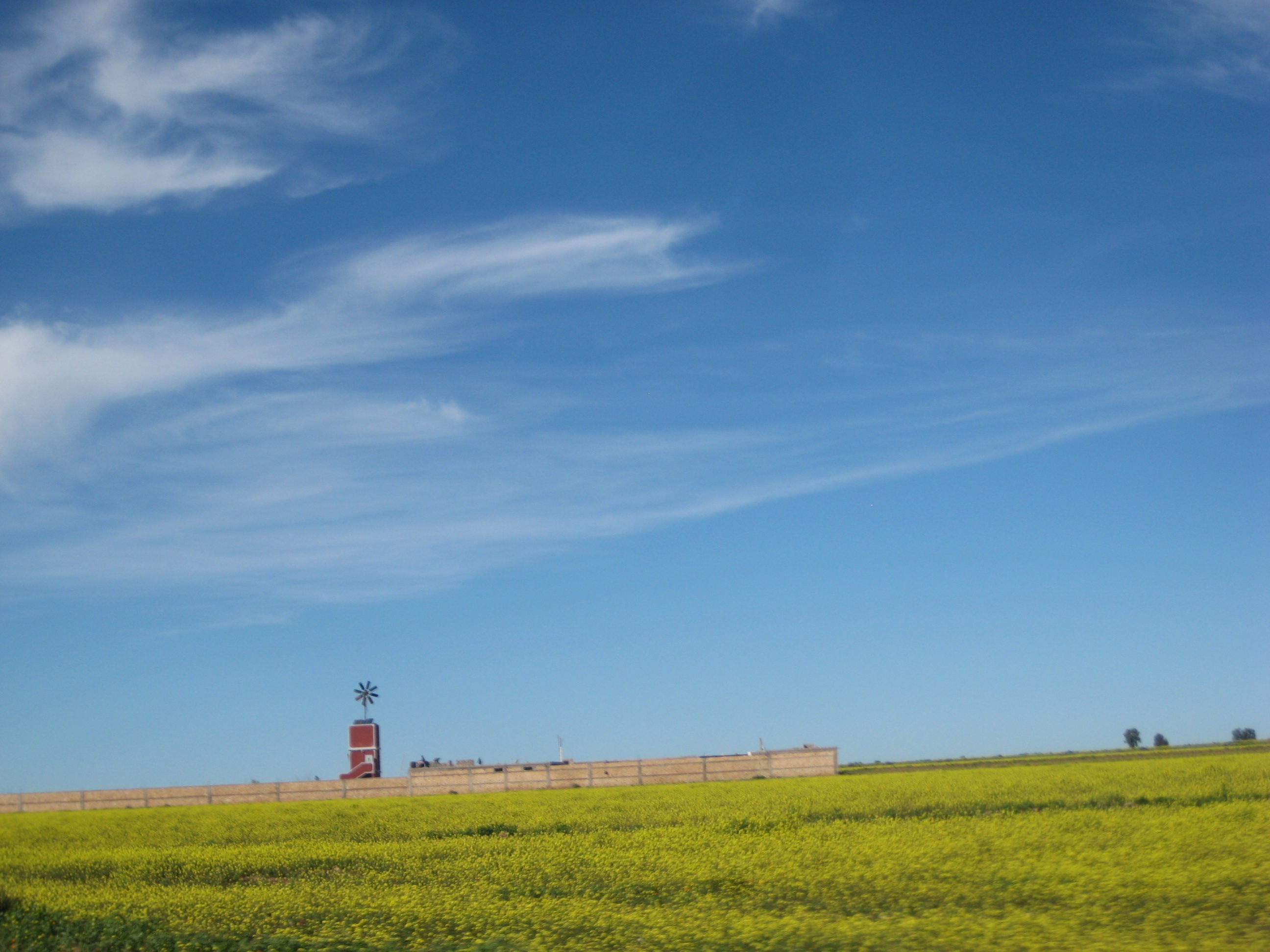Morocco in Focus
Category:Moroccan Holidays
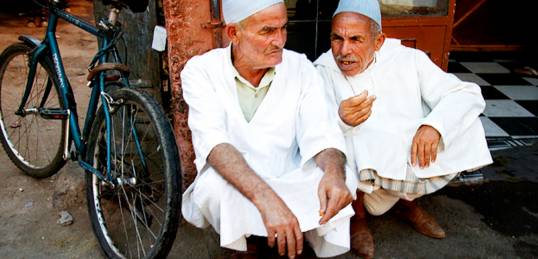
Morocco in Focus - 8 days
Photography Tour. Master your photography skills on a classical tour of Morocco visted and photograhed by Doug McKinlay, an acclaimed London-based documentary, travel and reportage photographer and feature writer. Doug’s work frequently appears in the national press, Conde Nast Traveller, Sunday Times Travel Magazine, National Geographic Traveller, Lonely Planet publications and many more. Visiting the labyrinth souk of Marrakech, fortified Kasbahs, high Atlas passes, gorges and the vast Sahara Desert – by camel trek, for capturing the perfect shots.

Day 1: Marrakech by night
Saturday 01 Sept 2012. Welcome to Marrakesh. On arrival you will be met at the airport and transferred to hotel to check-in and freshen up. Later we meet in hotel lobby at 6pm and proceed to Djemma El Fna for some evening exploration and then will enjoy our first taste of delicious local cuisine over dinner at one of the roof top restaurants surrounding the Djemma. After dinner there will be a brief on what to expect technically from your photography tour and some relevant trip notes. Overnight - Marrakech (D)
Day 2: Dades Gorge at sunset
Marrakech - Dades Gorge. After an early breakfast we will be on the road by 7:00am to explore the Dades Gorge and its Kasbahs. Arriving at the gorge sometime in the mid to late afternoon we will photograph the stunning architecture and local colours. Our tuition will cover panoramic techniques and pictures. Later we check into our hotel, freshen up and then there will be a two to three hour photography lecture covering technical as well creative aspects. Overnight - Gorge du Dades (B, D)
Morocco in Focus - 8 days Go Guide : :Check out the go guide for details of the tour, info on visas, climate, money, what to bring and more!
Day 3: Todgra Gorge - wadi & kasbah landscapes
Dades Gorge - Todra Gorge. Setting off early we drive along the Valley of the Roses to the Todra Gorge, stopping for landscape and architectural images and local colour, palmeries, wadi and kasbah landscapes. Subject to opportunity we will try to photograph local people with tuition en route covering tips on how to approach people without causing offence. After dinner some more anecdotal talks and techie tips will follow, and perhaps even a slide show for those interested. Overnight - Todra Gorge (B, D)
Day 4: Sahara - afternoon light & long shadows
Todra Gorge - Erg Chebbi - Sahara. After breakfast we will head for a photo safari in Todra Gorge – mostly looking for landscape images. We will then continue our drive to Erg Chebbi, with a picnic lunch along the way and an estimated arrival of 2-3pm and into the dunes for the afternoon light. Taking our sturdy camels we will reach the Berber Camp and experiment with deserts shots using our camels and Berber riders as props. There will be plenty of time for an evening photo talk after dinner and possibly a star trails photography expedition. Overnight - Sahara Berber Camp (B, L, D)
Day 5: Sunlight on the Erg Chebbi dunes, camels & riders
Sahara - Ait Benhaddou. After a morning photography session experimenting with the dunes and sunlight we settle into a good breakfast before driving on to Ait Benhaddou to arrive by approx. 4pm. There will be more photo opportunities before a local dinner at the hotel and the rest of the evening will be free. Overnight - Ait Benhaddou (B, D)
Day 6: Fortified cities & Berber villages
Ait Benhaddou - Marrakech. This morning we take photos of the legendary Ait Benhaddou - a fortified city situated alon g the caravan route before driving into the heart of the High Atlas to the lost palace of the Glaoui at telouet for a chance to photograph the palace and the berber villages nearby. Continuing on to Marrakech we can enjoy an afternoon shooting on the Djemma el Fna practicing all our newly learnt photography skills. Enjoy a dinner in a local restaurant and some evening photography around the souks and night markets. Overnight - Marrakech (B)
Day 7: Souks of Djemma el Fna
It's an early breakfast today, before heading of to explore the souks of Marrakesh - and if, time permits, take a visit to the tanneries and the Jardins Majorelle. After dinner we can enjoy a final slideshow of our all our work back at the hotel. Overnight - Marrakech (B)
Day 8:
Saturday 08 September 2012. Spend the morning at leisure or further exploring the souks of the old medina before hotel check out and included departure transfer to the airport. (B)
Doug McKinlay - professional photographer & host
Doug McKinlay is a London-based documentary, travel and reportage photographer and feature writer. His work appears in The Times, The Guardian/Observer, The Daily Telegraph, The Sunday Times, The New York Times, The Sydney Morning Herald, De Volkskraant, The FT, CNN Traveller, Conde Nast Traveller, Sunday Times Travel Magazine, National Geographic Traveler, Wanderlust, Marie Claire, High Life, Geographical Magazine and many Lonely Planet publications. His images are also represented by Axiom Photographic, Lonely Planet Images, Getty Images and Britain On View picture agencies. To view some of Doug's work go to: www.dougmckinlay.com
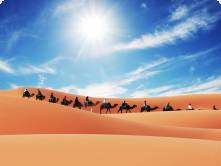
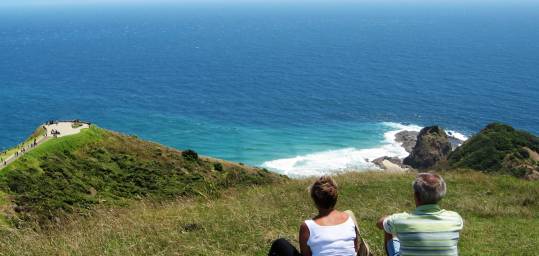
Morocco - Tailor-made Holidays
Morocco offers a plethora of unusual places to see and things to do. If there's a particular place you'd like to explore that isn't included on any of our group tours or private itineraries, consider a tailor-made holiday, crafted to suit your needs and wants. Whatever standard of accommodation and transport you require, just let us know and we will find something to suit. Similarly if you like one of our group itineraries but don't want to travel in a group, we can arrange it on a private basis.
Our expert team have travelled extensively throughout Morocco and are on hand to offer advice and create the perfect, carefully planned tailor-made holiday for you. With experienced local Moroccan specialist guides to show you around all of the key sites at each port of call and local representatives available to offer further assistance should you require it, travelling with on the go couldn’t be simpler - we handle all of the arrangements and finer details, you just need to relax and enjoy your exclusive journey through Morocco!
We ensure that all our recommended hotels, and support services in Morocco are regularly inspected, you can be assured of exemplary service standards, our high customer satisfaction levels and that the payment you make for your holiday is adequately protected.
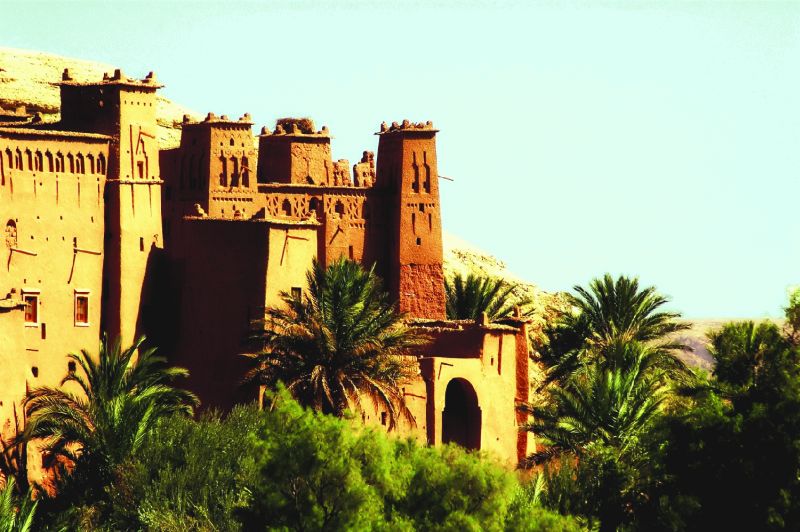
Accommodation in Morocco
Exclusive, private riads are the popular choice of stay in Morocco however it also boasts plenty of fantastic top-notch hotels in the major cities such as La Sultana hotel Marrakech to name just one. Whether it’s a small, intimate and romantic riad you seek or a family hotel with swimming pool and children’s facilities we will do our best to find the perfect centrally located accommodation within your budget, providing you with the equivalent Western rating, in accordance with the style and type of facilities and amenities on offer.
Pricing Guidelines for Private Holidays in Morocco
Prices can vary considerably for tailor-made travel as the quality of hotels, places visited and time of travel is entirely up to you. In addition, you may choose to have a private guide to escort your right through your holiday in Morocco, or simply have the services of local Moroccan guides at each port of call. Prices also vary by the number of people in your travelling party, as fixed costs like transportation and guiding are shared across each group. For an indication of the sorts of prices to expect for a private holiday in Morocco, please have a look at some of the Private Jounrneys featured on our website. These are based on two people travelling, sharing a twin/double room.
Getting around Morocco whilst on holiday:
Road Travel: Airport transfers and road travel at each port of call will be in our own chauffeur driven, private air-conditioned cars all of a modern European standard.
Air Travel: there is an excellent network of domestic flights available for those wishing to city hop.
Living it Local: To add a bit of flavour to your travels through Morocco we can organise camel treks in the Sahara including a traditional Berber camp experience.
Booking your Morocco Holiday:
A great holiday takes time to plan and we’re here to make it easy for you! Our job is to create the perfect holiday that matches your individual requirements with the best that Morocco has to offer. We consider all your specific preferences and use our extensive travel knowledge and firsthand experience to create a special travel experience, especially for you.
Once you've had a chance to explore our website, call or e-mail us with some basic ideas and a brief outline of what you’d like to see and do including the standard of hotels you require and your approximate spending budget.
Upon receipt of your request we will get right to work on your quotation.
Within a day or two, we’ll get back to you via email or post with a written quotation and follow-up call.
If our quotation does not fit your requirements the first time, we’ll happily make amendments as many times as necessary until it’s perfect!
We look forward to welcoming you on holiday to Morocco this year.
morocco culture,moroccan food,morocco food,moroccan cuisine,morocco beaches,moroccan meal,beaches in morocco,moroccan culture,hercules cave,hercules cave morocco
